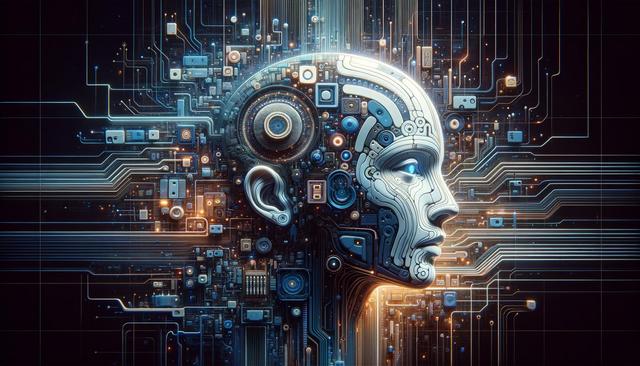The Magic of AI in Photo Restoration
The advancement of AI technology has brought about a revolution in the field of photo restoration. These sophisticated software tools make the daunting task of reviving old, damaged photos remarkably straightforward. Gone are the days when manual retouching took painstaking hours. Today, AI algorithms efficiently analyze every pixel of a photo to discern areas that need correction, whether it’s smoothing out cracks or filling in faded spots. The brilliance of AI lies in its ability to learn from vast datasets, enabling it to intelligently predict and reconstruct missing parts of an image. As a result, we are witnessing a surge in the quality and accessibility of restored images, much to the delight of individuals yearning to preserve their family heritage.
Detail Enhancement: A Step Beyond Restoration
AI’s capabilities extend beyond mere restoration; it also excels at enhancing details that were never visible before. This is achieved through sophisticated image processing techniques that clarify even the minutest features. For instance:
- Facial features become more defined, allowing for better recognition of individuals.
- Background elements regain their original texture and depth.
- Subtle details in clothing patterns or jewelry are brought to light, enriching the historical context.
This level of enhancement not only restores the visual appeal but also provides a richer narrative of the captured moment, offering a glimpse into the past with unprecedented clarity.
Colorization: Breathing New Life Into Monochrome
One of the most remarkable feats of AI in photo restoration is its ability to add color to black-and-white images. By analyzing historical data and understanding the context of the photograph, AI can intelligently apply appropriate hues, bringing the scene to life in vibrant color. This process involves:
- Identifying objects and their natural colors based on context.
- Applying skin tones that match the era and ethnicity depicted.
- Recreating the ambient light conditions to maintain authenticity.
Colorization, therefore, does more than just add aesthetic value; it bridges a connection to the era, making historical images more relatable and engaging for the modern viewer.
Accessibility and User-Friendliness
AI photo restoration software is designed to be user-friendly, ensuring that even those without technical expertise can navigate the process with ease. Most tools offer intuitive interfaces that guide users through each step, from uploading an image to applying the desired restoration effects. Additionally, many platforms offer cloud-based services, eliminating the need for powerful hardware. This accessibility means that anyone can breathe new life into cherished family photos, preserving them for future generations with just a few clicks.
Ethical Considerations and Limitations
While AI has opened new horizons in photo restoration, it is essential to consider the ethical implications and limitations of this technology. The ability to alter historical images raises questions about authenticity, as the reconstructed or colorized versions may not accurately represent the original scene. Thus, transparency and documentation about the modifications made are crucial. Moreover, AI can sometimes struggle with certain complex restorations, such as heavily damaged or severely faded images. Understanding these limitations helps manage expectations and ensures that the technology is used responsibly and effectively.
Conclusion: A New Era for Old Memories
AI photo restoration marks a new era in the preservation of memories, offering an exceptional way to revive and cherish our past. By transforming old, damaged photos into vibrant, detailed images, we not only honor our history but also make it accessible for future generations to appreciate. As AI technology continues to evolve, its role in safeguarding our visual heritage will undoubtedly become even more indispensable, allowing us to celebrate and revisit memories in ways previously unimaginable.
